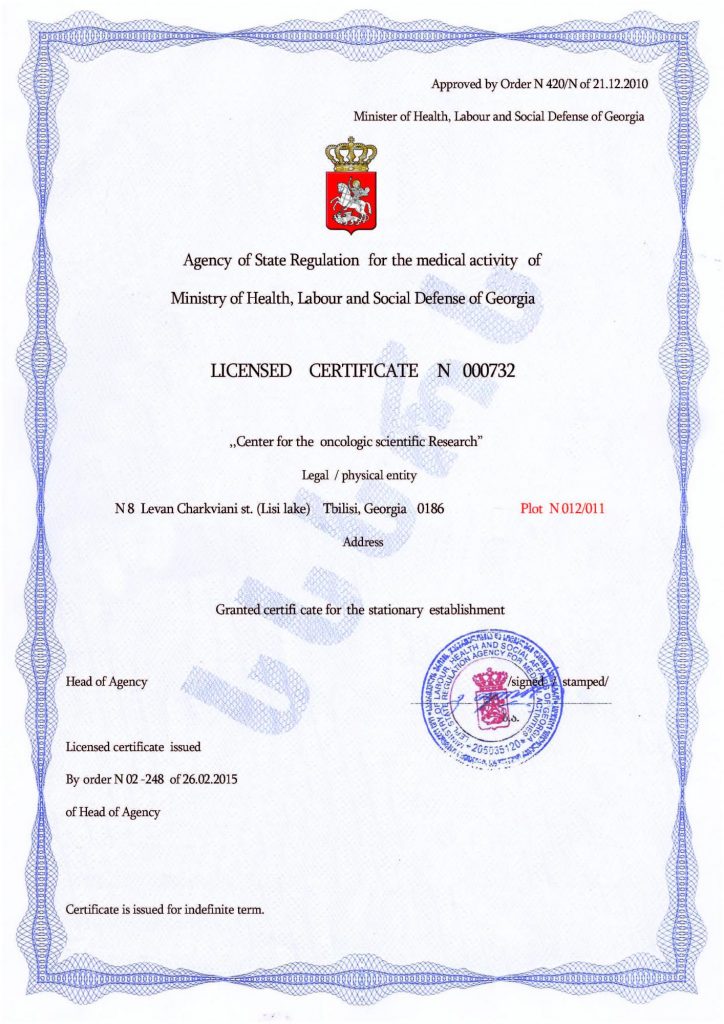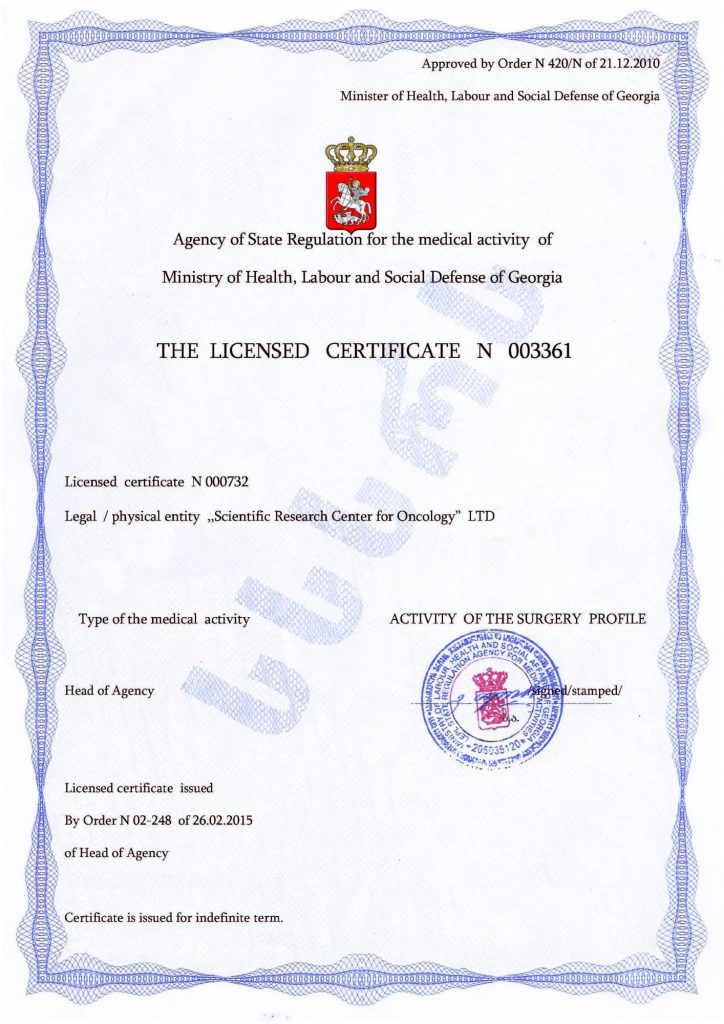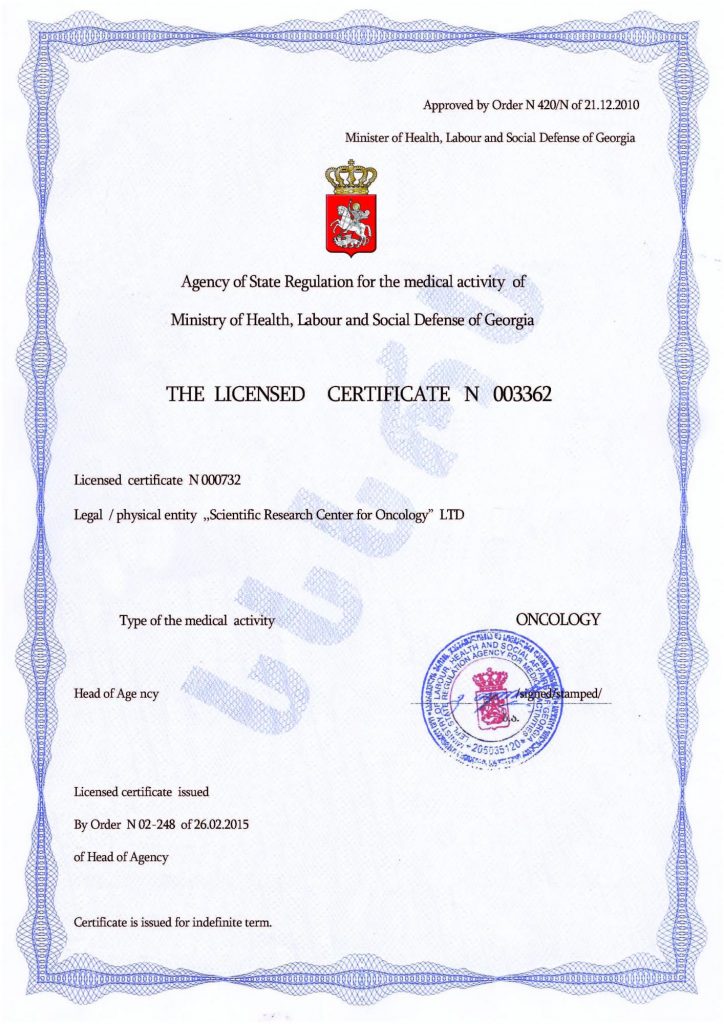Transcranial micropolarisation: advantages, drawbacks of the autism treatment method, and available alternatives
Transcranial micropolarisation for autism is a therapeutic procedure that changes the functional level and state of different parts of the central nervous system by exposing them to an electric current with a power of up to 1 mA.
The micropolarisation procedure for autism also promotes the development of nerve tissue and new cellular connections in the central nervous system and brain. This method of ASD correction began to be used relatively recently.
Micropolarisation can be carried out in two ways:
- Transcranial micropolarisation — the effect of a low-intensity electric current on the brain
- Transvertebral micropolarisation — the exposure of certain areas of the spinal cord to an electric current if the previous method is contraindicated for the patient
The choice of method depends on the clinical indicators of the patient’s condition. During micropolarisation of the brain, a special cap with electrical wires for electrical current conduction is placed on the child’s head. The procedure is safe and painless; a low-intensity current does not aggravate the pathogenesis of an existing disease.
Predicted results of the procedure
The area of influence on the brain depends on the diagnosis because many disorders are treated with micropolarisation. Areas responsible for consciousness, intelligence, and initiative are stimulated during autism treatment. It is expected that after a course of sessions, the patient will begin to be interested in the world around them, will be able to learn more easily, will make new acquaintances, and will become more emotional and communicative.
Practical experience in treating autism with micropolarisation
The method was developed recently, and evidence-based medicine does not have enough examples of its effectiveness or lack thereof. It can be assumed that speech functions and synaptic connections change positively. In general, the procedure is now recommended as a method that can be tried without causing harm.
What does the science say about electric current treatment for autism?
Patients should remember that no scientific research into this treatment for autism has been conducted. The recommendations of the procedure are based on improving motor and speech functions in adults during the rehabilitation period.
The Mardaleishvili Medical Centre in Georgia is a leading clinic that treats autism with proven, effective cell therapy but not with alternative methods.
Stem cell transplantation is a procedure of the future with a pronounced therapeutic effect
It differs from other methods in terms of the principle of influence. Any classical methods and procedures correct the symptoms of the disease. Cell therapy is intended to correct childhood autism not only symptomatically but also at the cellular level. Stem cells infiltrate the structure of the brain and correct mistakes of nature.
Such treatment of childhood autism has a double effect: it corrects the brain’s cellular structure and the overall symptoms. That is why this method has no analogues. Leading doctors around the world recommend treating childhood autism spectrum disorder with this minimally invasive procedure.
Contact the Mardaleishvili Medical Centre — here you will undergo an effective stem cell transplantation procedure!
Autism Treatment Center Videos
Autism treatment with own stem cells
Cord blood association congress
International Quality Crown
Autism Treatment Reviews
Autism treatment with own stem cells
The story of Alessandro (6 years old)
Autism Patient Testimonial - Stem Cell Treatment
Clients Testimonials
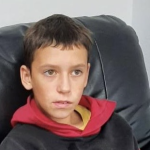
Feedback from Igor, David’s father (12 years old) Read More

Feedback from Olga, Fedya’s mother Read More
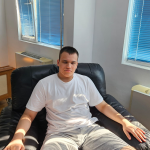
Feedback from Natalia, Radomir’s mother (15 years old) Read More

Feedback from Esther, Samuel’s mother (8 years old) Read More
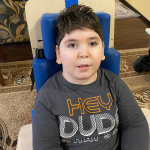
Feedback from Abibe, Selim’s mother (7 years old) Read More









